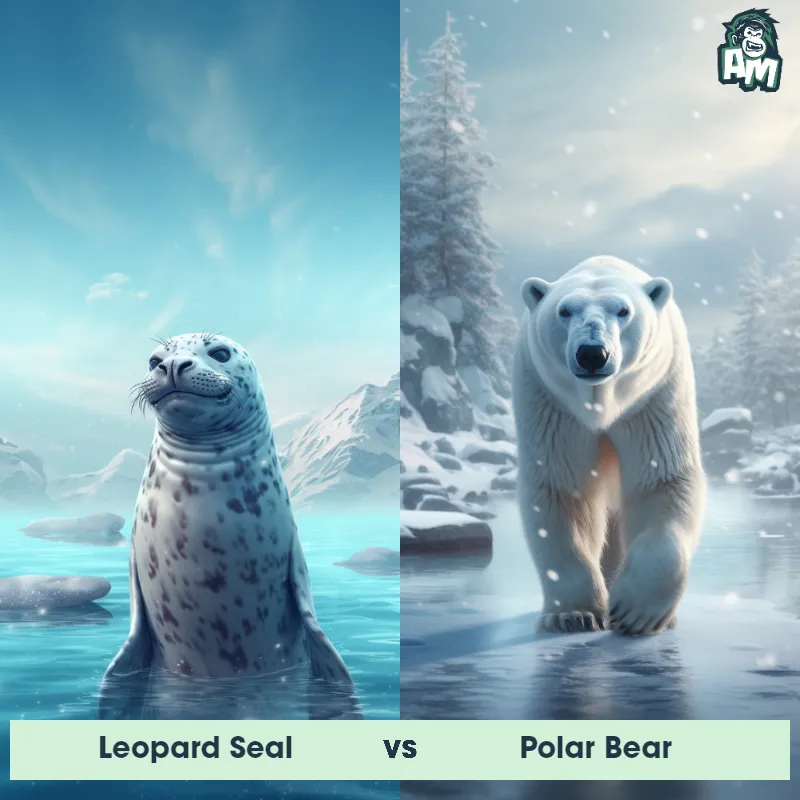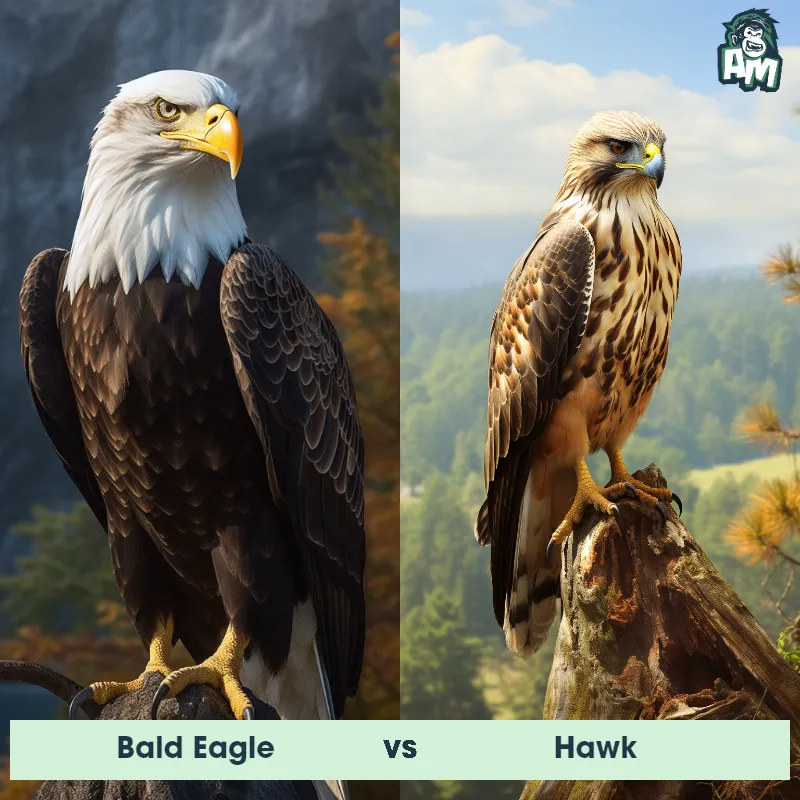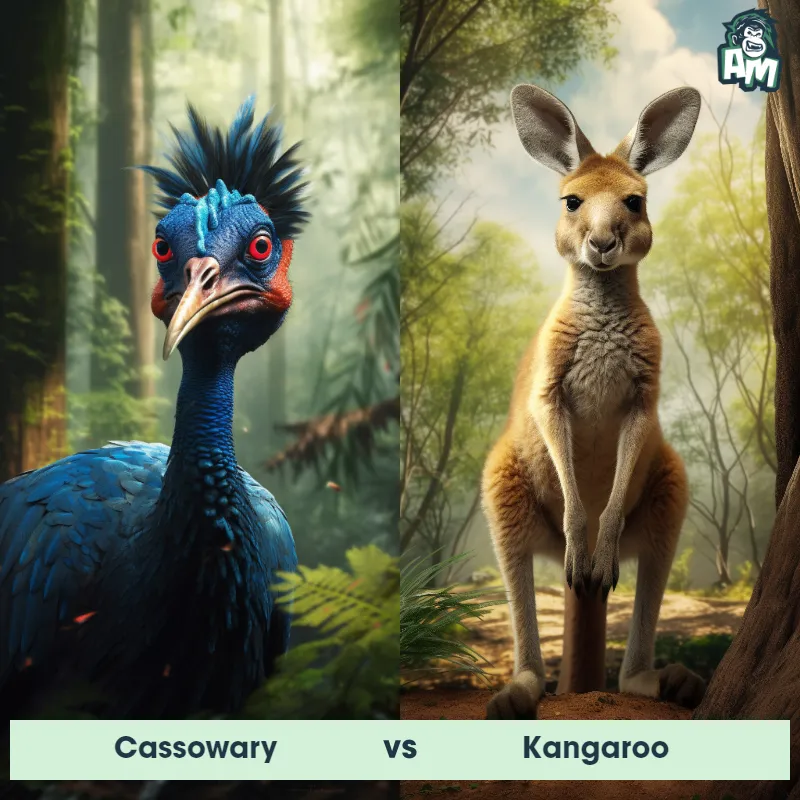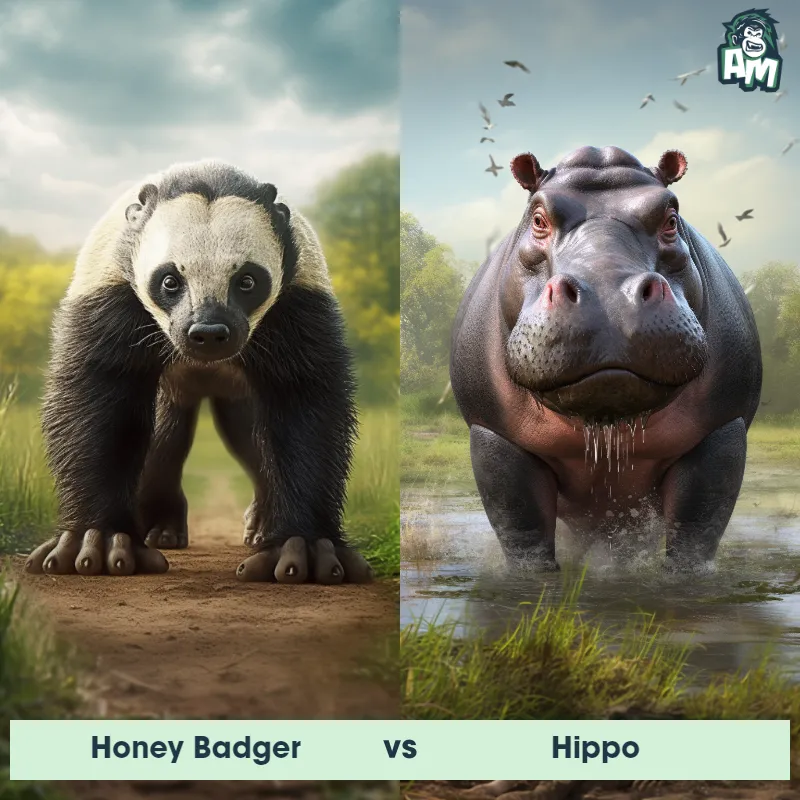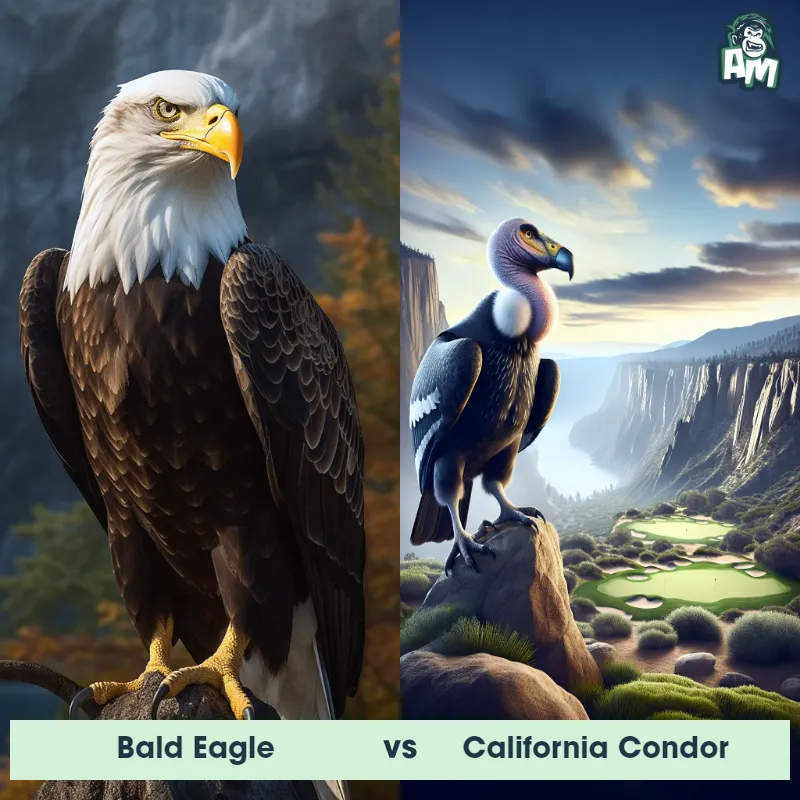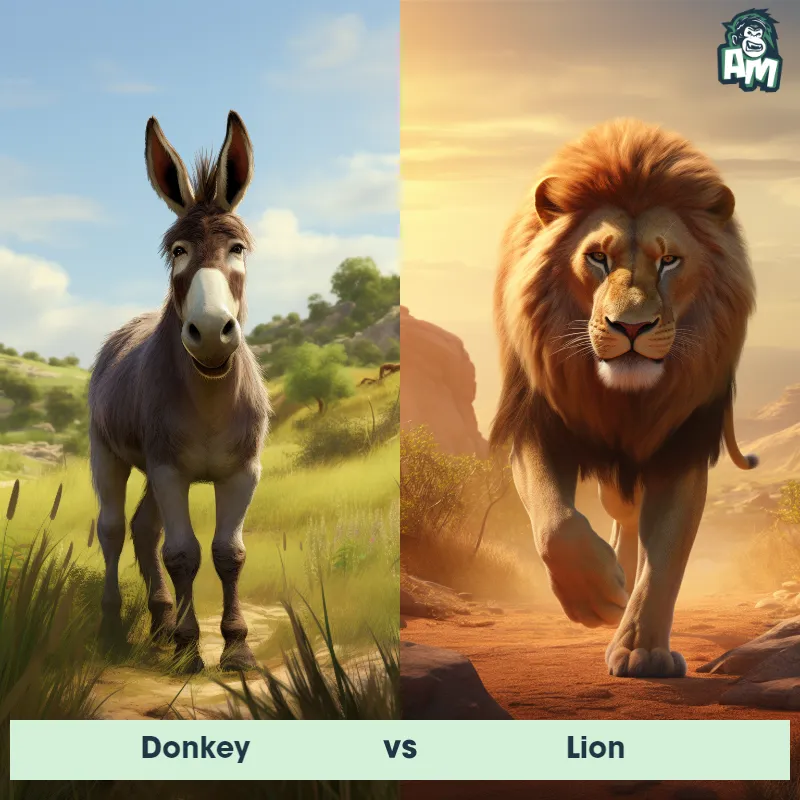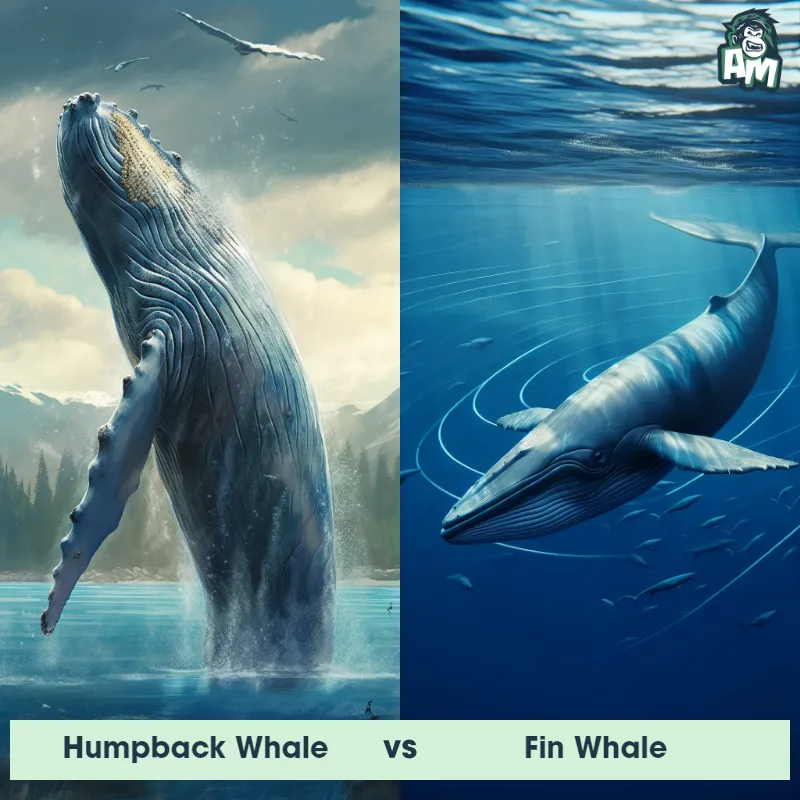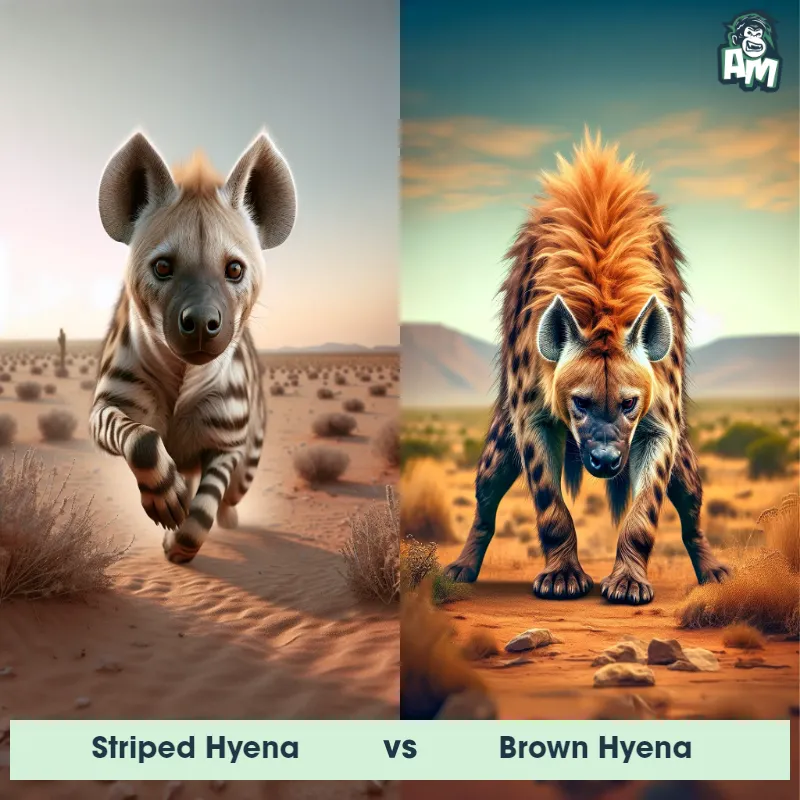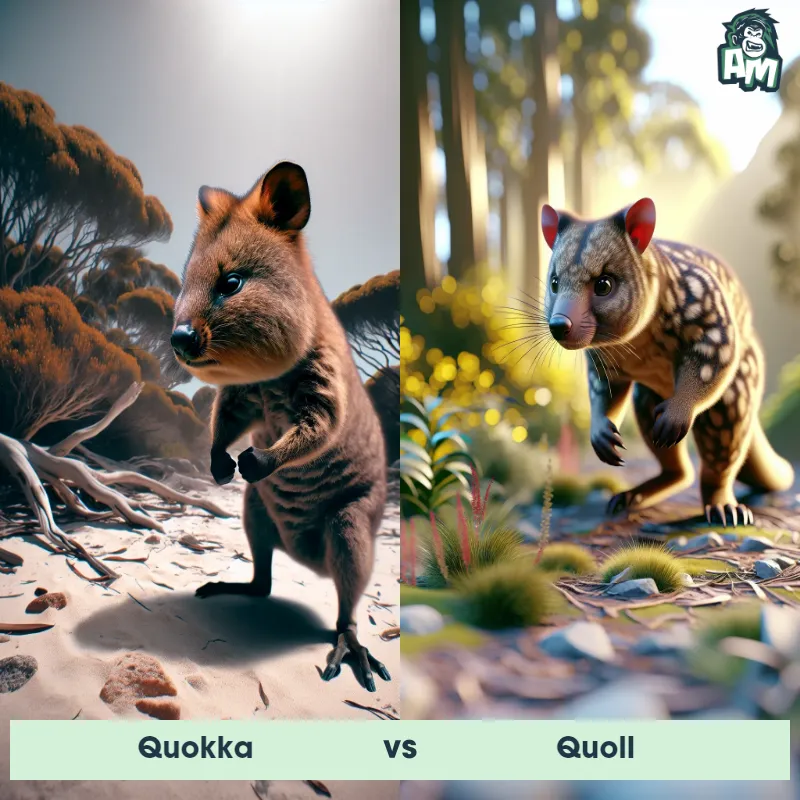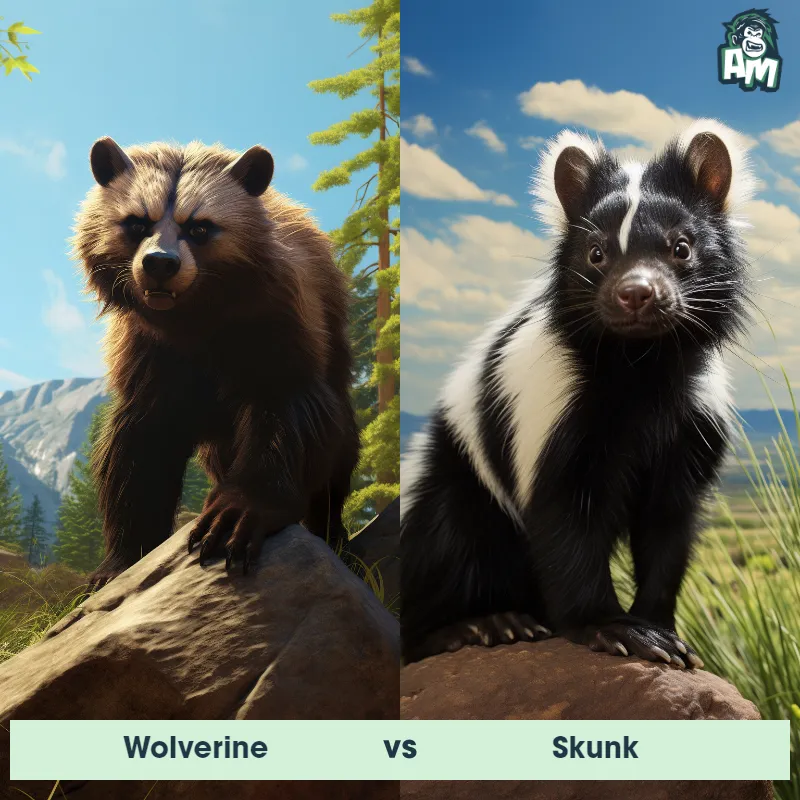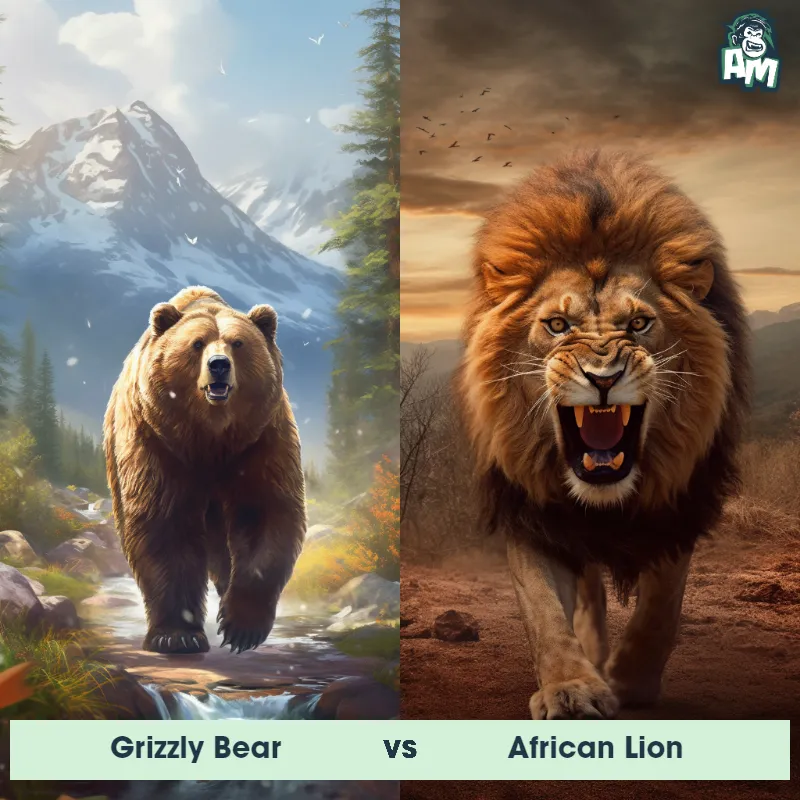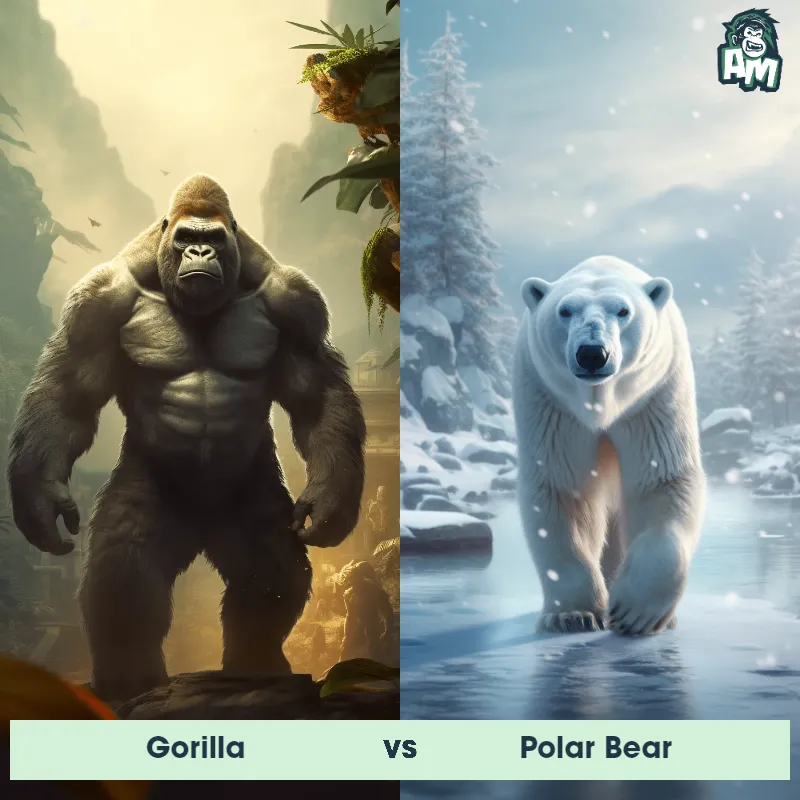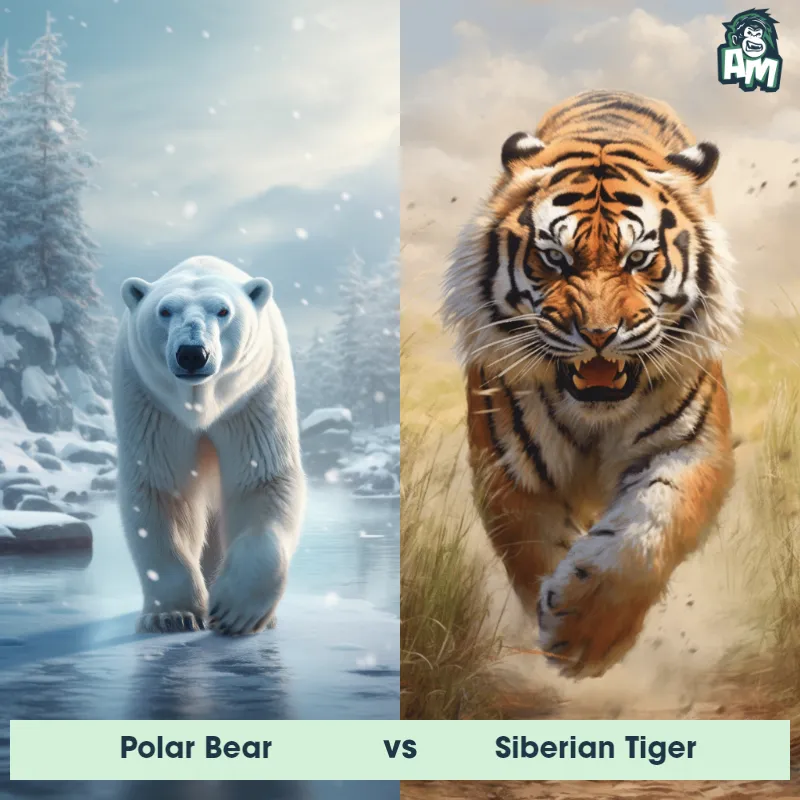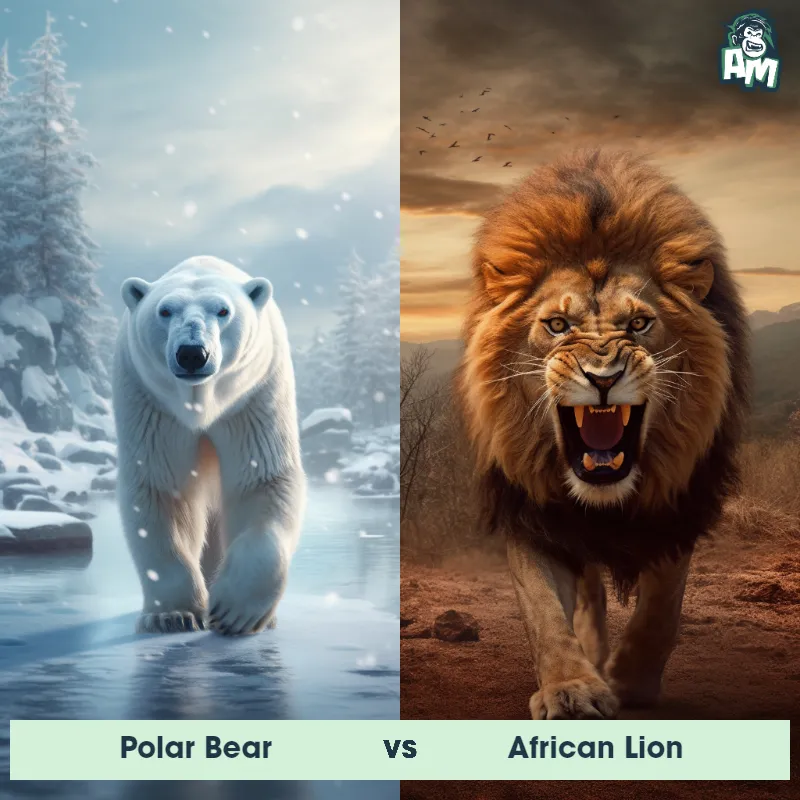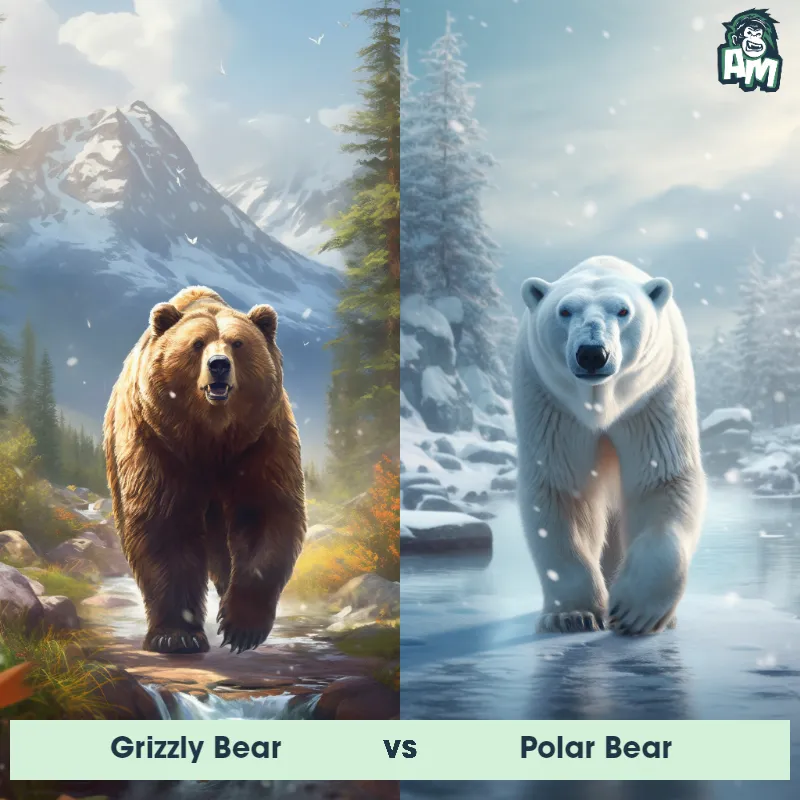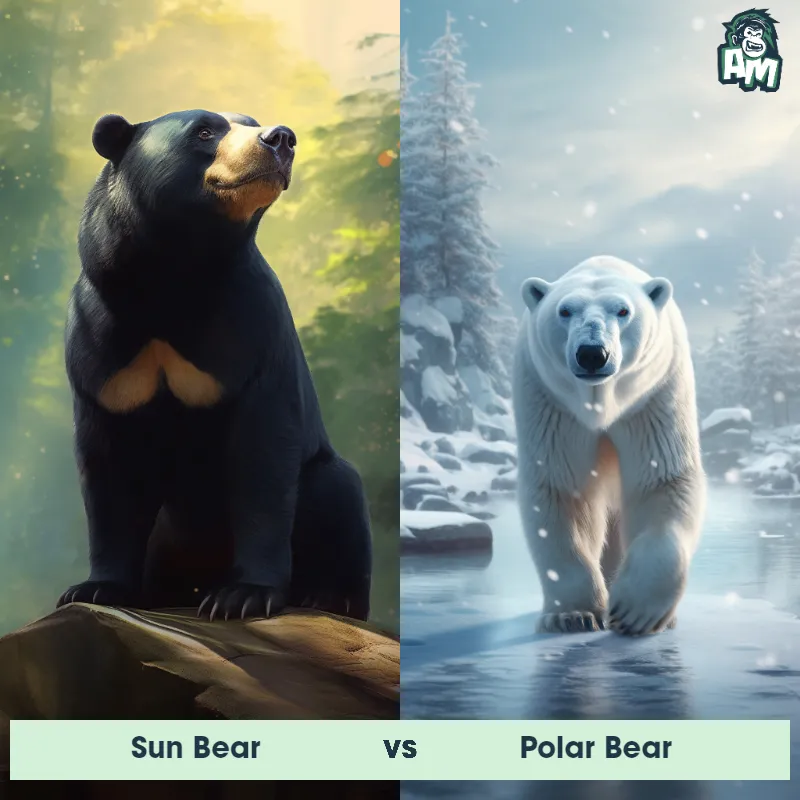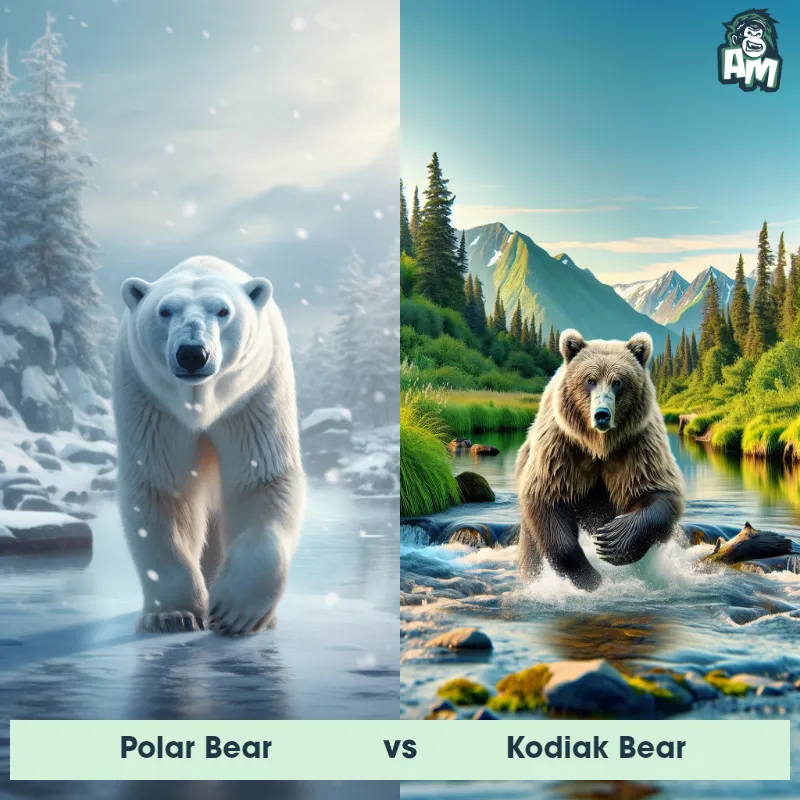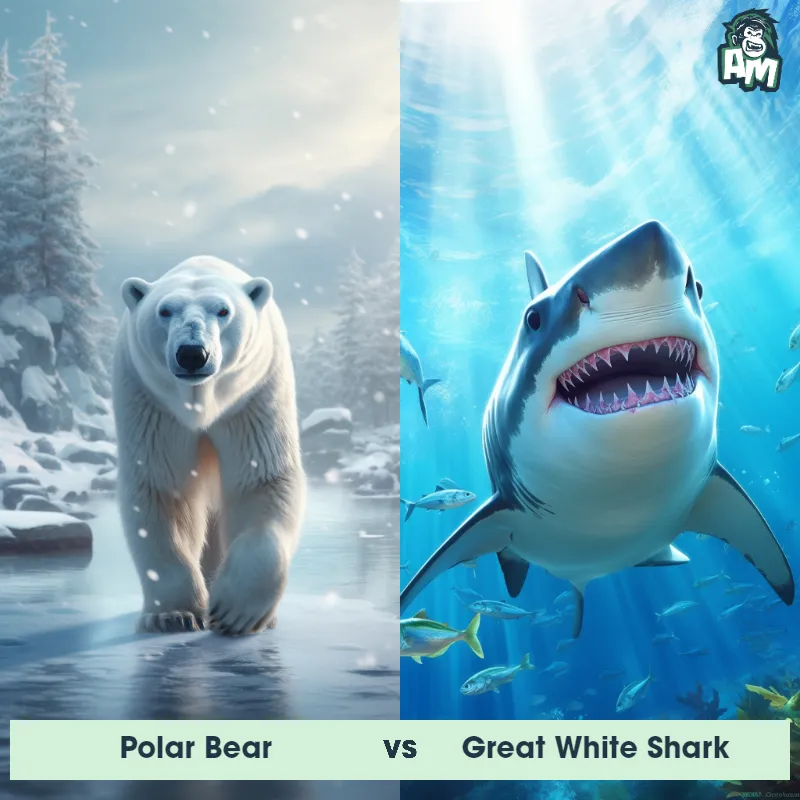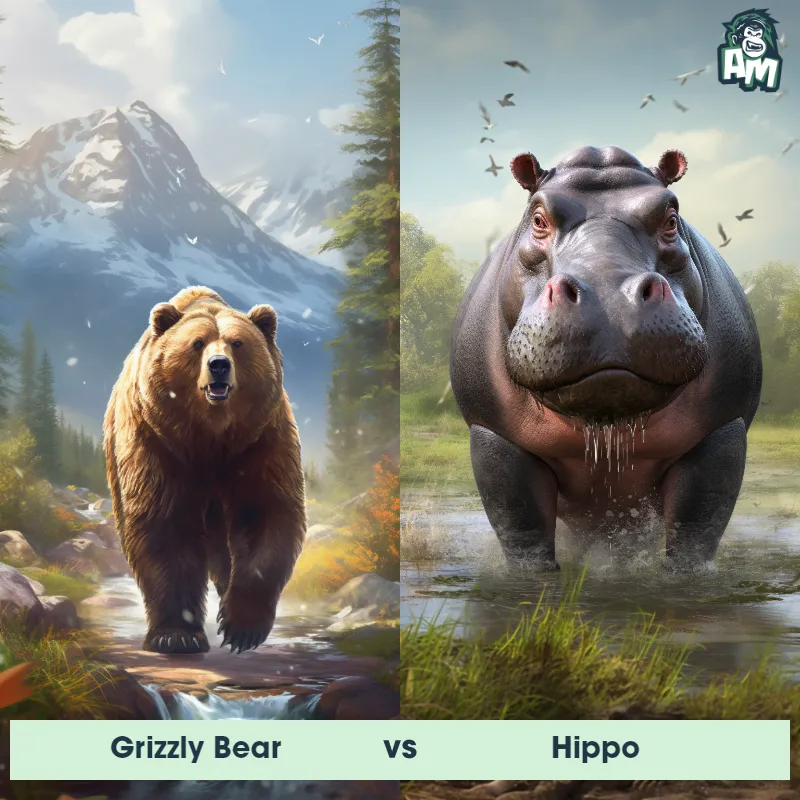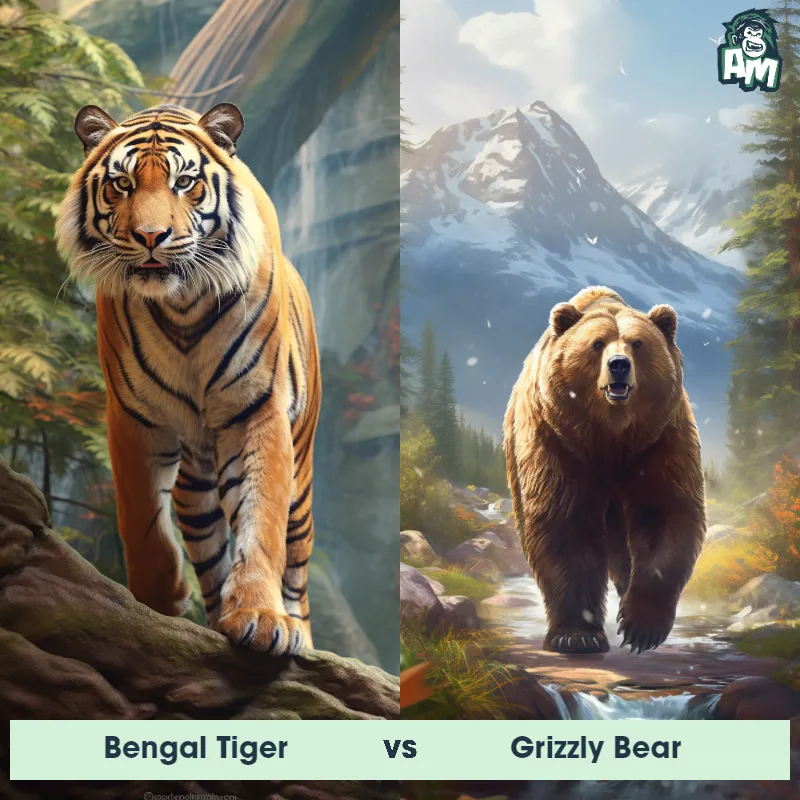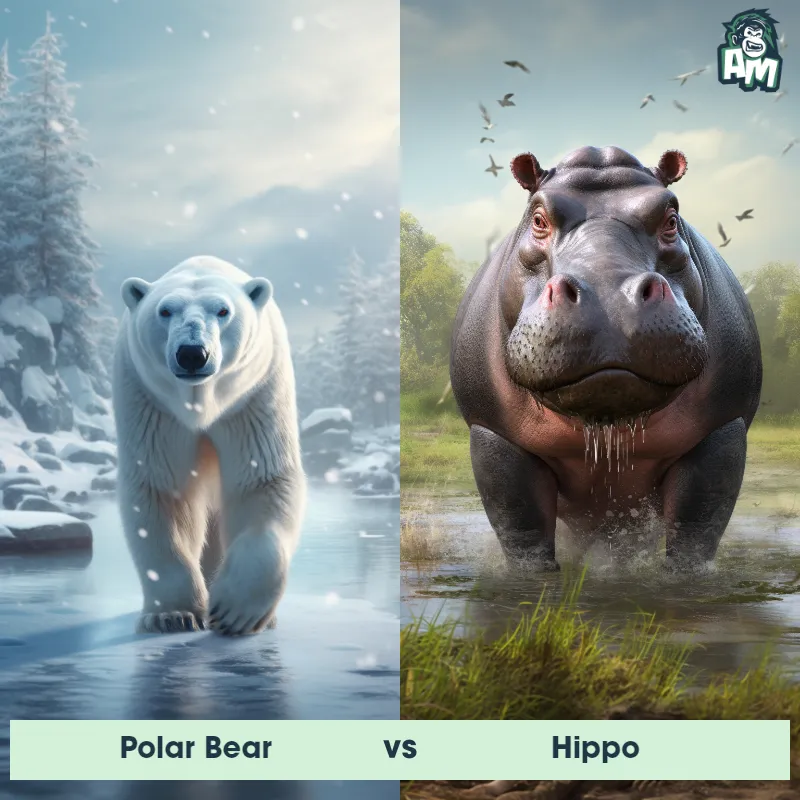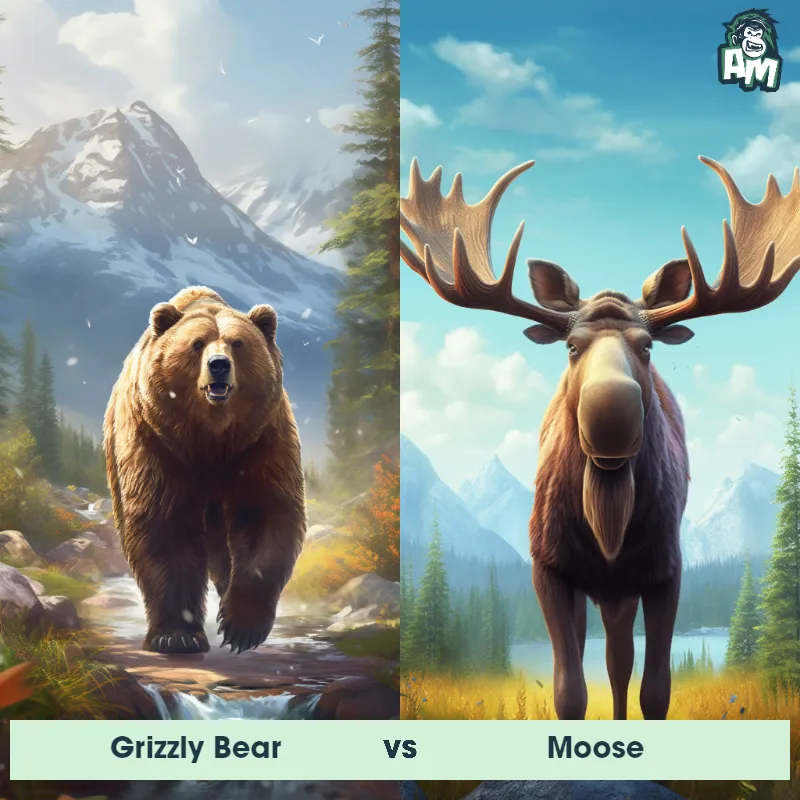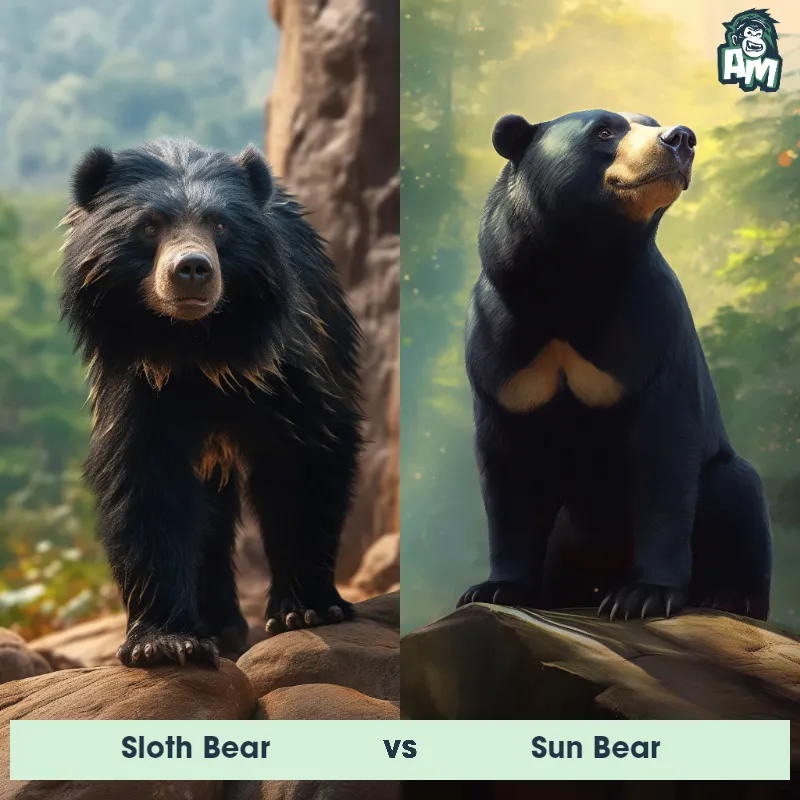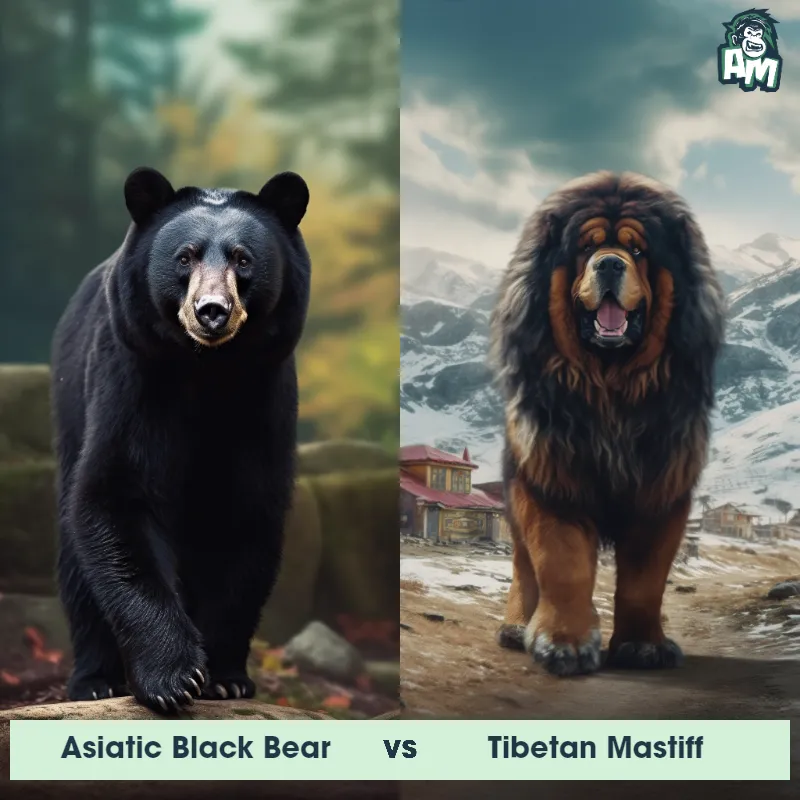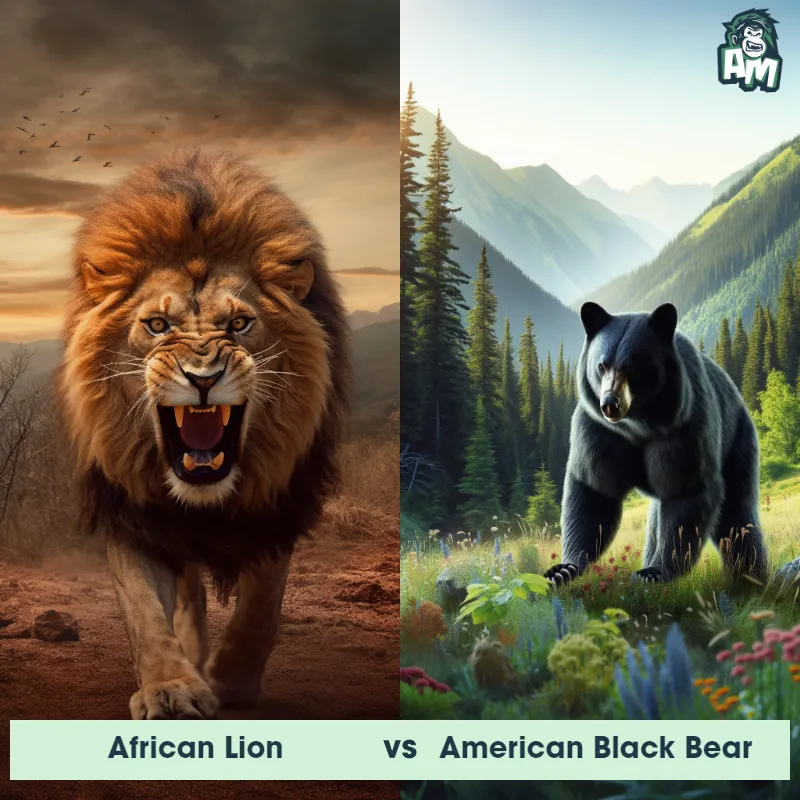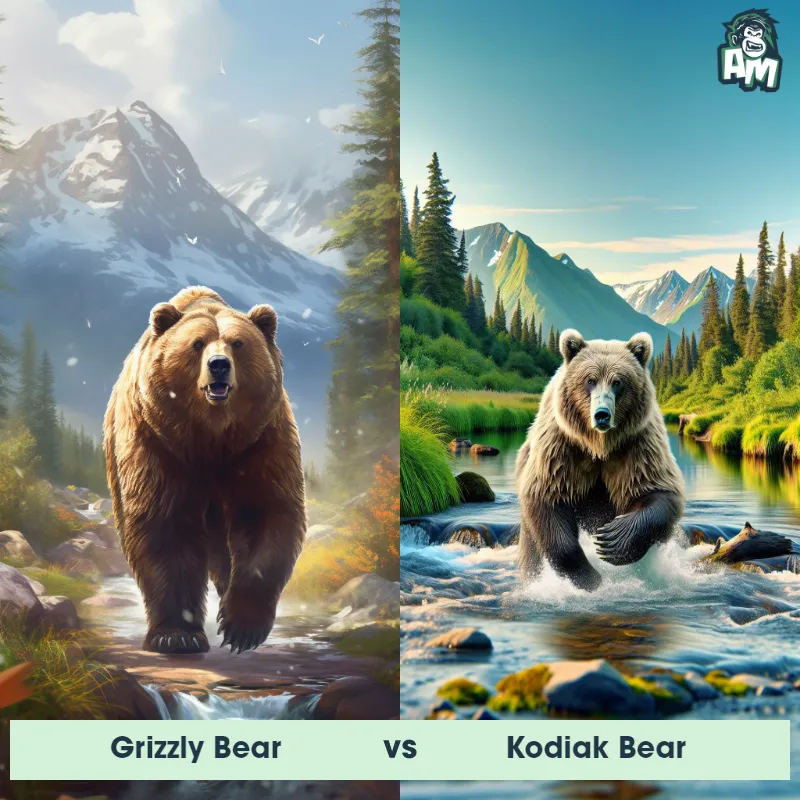Ceratosaurus vs Grizzly BearSee Who Wins

In the ring tonight, we have the prehistoric powerhouse meeting the modern mammal marvel. The Ceratosaurus, with its razor-sharp teeth and swift agility, faces off against the formidable Grizzly Bear, boasting incredible strength and powerful paws. It's bound to be a clash of survival instincts!
Contender 1: Ceratosaurus
Fun Fact:
Contender 2: Grizzly Bear
The Grizzly Bear, also known as the North American Brown Bear, is a large mammal that can weigh up to 600 pounds and stand up to 8 feet tall on its hind legs. They have distinctive humps on their shoulders, long claws, and a concave facial profile. Grizzly Bears are omnivores and can be found in North America, primarily in Alaska and western Canada.
![[object Object] Gif](https://tenor.com/view/fighting-match-quarrel-brawl-battle-gif-15965644.gif)
Fun Fact: Grizzly Bears have an incredible sense of smell and can detect food from miles away, making them excellent hunters and scavengers.
Matchup Stats
| Ceratosaurus | Grizzly Bear | |
|---|---|---|
| Size | Around 20 feet (6 meters) | Up to 8 feet tall (2.4 meters) |
| Weight | Around 1,000 lbs (450 kg) | Up to 600 pounds (272 kilograms) |
| Speed | 20-25mph (32-40km/h) | Speed: 30 mph (48.28 km/hr) |
| Key Strength | Powerful hind legs for hunting | Powerful jaws and sharp claws |
| Biggest Weakness | Short arms compared to other theropods | Slow movement and vulnerability to attacks from behind |
Current Votes
Ceratosaurus vs Grizzly Bear
See Who Wins
View More Matches
Looking For More?
Similar Matches
Scientific Stats
| Ceratosaurus | Grizzly Bear | |
|---|---|---|
| Scientific Name | Ceratosaurus | Ursus arctos horribilis |
| Family | Ceratosauridae | Ursidae |
| Habitat | Forests near rivers | Forests, meadows, and mountains |
| Geography | North America, Europe, possibly Africa | North America, primarily in Alaska and western Canada |
| Diet | Carnivorous | Omnivorous, eats berries, roots, fish, small mammals, and carrion |
| Lifespan | 20 years - 30 years | 20 years - 25 years |
Key Differences between Ceratosaurus and Grizzly Bear
- Limbs: Ceratosaurus had short forelimbs and long hind limbs, while Grizzly Bears have more proportionate limbs for walking and climbing.
- Size: Ceratosaurus had a much larger and more elongated body, reaching up to 20 feet in length, while a Grizzly Bear averages around 6.5 feet long.
- Tail: Ceratosaurus had a long, muscular tail used for balance, while Grizzly Bears have a short, stubby tail.
- Skin Covering: Ceratosaurus was covered in scaly skin, whereas Grizzly Bears have a dense fur coat.
- Color: Ceratosaurus' coloration is not definitively known but is often depicted with grayish scales, whereas Grizzly Bears have brown fur with lighter tips.
- Head and Teeth: Ceratosaurus had a long snout with serrated teeth and a prominent horn on its nose, contrasting with the broad, powerful jaws and lack of horns on a Grizzly Bear.



